Behind every successful athlete is a coach who believed in them well before anyone else did. Coaches are, hands down, the most important figures in an athlete’s life. Whether it’s the coach who first talent-spotted the athlete, or the one who honed their skills, or the one who took them to the next level – every coach has a very, very big role to play. The tragedy is that coaches are not celebrated as much as athletes are. And that is true across the board, for every sport.
If one is asked to name ten international superstar athletes, it would be a fairly easy task. But ask someone to name ten coaches who have produced Olympic champions, and not too many perhaps will be able to draw up that list.
As sports journalists, when we talk to Indian coaches, especially those who are involved with non-cricket sports, the story is always the same. There is no glory, no appreciation, no rewards or awards as such that are given. Coaches often have to spend out of their own pockets to support athletes at the grassroots levels. Private sponsors mostly line up only after an athlete has begun doing well.
But some are driven by the passion of coaching, of unearthing talent and shaping the next big thing. One Indian coach who falls firmly in that category is Dronacharya awardee Naval Singh – a veteran Indian javelin coach, who fell in love with the sport at a very young age and also realised, rather quickly, that he was cut out not for competition, but for coaching. Singh has coached javelin throwers like Navdeep Singh, who has two World Championship medals in para-javelin throw and also won a gold medal at the 2024 Paris Paralympics, and Sumit Antil, a two-time Paralympic gold medallist and four-time World Championship medallist. One athlete Singh has been focusing on a lot, for a while now, is Sachin Yadav – the 6 feet 5-inch-tall javelin thrower from Uttar Pradesh, who is employed with the UP Police, who narrowly missed out on a medal at the recent Athletics World Championships in Tokyo, where he finished fourth with a personal career best throw of 86.27m.
Impact Shorts
More ShortsFor quite some time now, there has been a steady buzz about Sachin in Indian javelin circles. Those who have closely seen him throw believe that he can rival two-time Olympic medallist Neeraj Chopra. But some things haven’t really gone Sachin’s way yet. According to Singh, Sachin is a 90m plus thrower in competition, but still has a few things to work on to be able to break that barrier.
In an exclusive interview recorded just before the 2025 World Athletics Championship, Naval Singh, who eats, breathes and lives javelin, talked about how Sachin Yadav is shaping up, Neeraj Chopra’s work ethic, his own javelin journey, the possibility of India becoming a global javelin powerhouse, the challenges of being a sports coach and much more.
This is part one of an exclusive interview with Naval Singh.
Let’s go right back to the beginning. What attracted you to javelin throw and what made you decide that you will dedicate your life to this sport?
The village I hail from is on the Delhi-Haryana border. I used to play cricket and was a fast bowler. I could bowl quite fast. At that time the only two sports that were played, as such, were cricket and hockey. At that time, I was able to bowl at high speeds. If someone would hit me for a six, I would come back and bowl even faster. Our family was known for its athletic prowess. My father was a long jumper. Even at the age of 55-60, he would compete. In our village, on the day of Raksha Bandhan, there would be a long-jump competition and my father, even at that age would beat everyone. So, athletics was in a way in the genes. Then one day someone told me – ‘you bowl so fast, but there’s no scope as such in cricket here, why don’t you try javelin throw?’. So, I started throwing the javelin on my own. In the beginning, some times the javelin would hit me in the waist, sometime somewhere else. There was no one to oversee my training at that time, but I continued and made it to the inter-zone (zonals) stage. I was in school at that time and in the inter-zone competition, I set a new record. From there I went on to the Nationals. This is how I got into javelin throw.
How long was your playing career and when did you make the switch to coaching?
I began my javelin journey in 1988. Then in 1990, I made it to the National camp and I was there till 2000. At that time 71-72m (throws) were my best attempt. At that time the best throws were around 74-78m, so I often finished fourth. From around 1995/96, I developed an interest in teaching javelin. I took a room at the Nehru Stadium in 1998/99 and I would help the small kids who were there, free of cost. In 2002 I went to Latvia to join Janis Lusis (Latvian track and field athlete who won three Olympic medals in men’s javelin throw, including a gold in the 1968 Mexico City Games). The Federation sent me, because I wanted to learn how to coach. From almost the very beginning, I was more interested in coaching. I stayed in Latvia for about four months and learnt from Lusis. I cam back home and began to teach kids what I had learnt in Latvia. Then in 2004, I went to Finland. I had heard that in Finland there were many good javelin coaches. In Finland I went to Tapio Korjus (gold medallist at the 1988 Seoul Olympics in men’s javelin throw). I was t here for six months. I loved the sporting centre there. I would observe all the athletes there and learn from them. I was touching around 75-76m at that time in my throws. Then while I was jumping one day, I tore a ligament in my knee. The doctor advised surgery, but I didn’t want that. At that time my thought process was that if one undergoes surgery, he/she will be out of action for months. But I saw there that there were athletes who were undergoing knee surgeries and then were running in 15 days’ time. That broadened my horizon, expanded my worldview. I came back to India after that, but then again went to Finland for six months. From there I went to Germany. I stayed there at their Olympic centre. My dream was to see an Indian athlete win an Olympic medal in javelin and I wanted to play a role in seeing that dream become reality, so I wanted to learn as much as I could in practical terms, by observing, by following. I began to apply what I had learnt in all these places in my coaching here in India with new athletes and I slowly began to get good results. There were athletes like Jagmohan, Sandeep Yadav and others and the benchmark rose from the 60s to the 70s (in metres). This continued for me, till 2010, when I began full-fledged coaching. There were para-athletes also who I began to coach. I met the likes of Deepa Malik (2016 Paralympic Games silver medallist and former President of the Paralympic Committee of India) who was also a javelin thrower and others. I began to experiment with different things. I used to observe an athlete’s technique in a hundred different ways, studying everything. I would dissect an athlete’s speed, his/her attack (angle of attack that determines distance), their flick etc. Everything that I learnt abroad, I applied here.
From the outside, javelin throw might seem quite easy. An athlete runs up to a mark and throws a spear as far as he/she can. For those who don’t follow javelin throw regularly, how would you explain how and why javelin coaching is an extremely tough thing to do?
Every track athlete can’t become a javelin thrower. Many people have a natural ‘jerk’ (extension of the throwing arm and body in the final throwing motion). In some cases that ‘jerk’ can be instilled by making athletes throw cricket balls regularly. In Finland, they get athletes to practice with golf balls. Golf balls are much lighter and athletes in Finland are asked to throw these balls as far as they can and they check the ‘jerk’. They also use machines to check their arm speeds. In India no one really checks these things at the base level. If someone wants to start throwing the javelin, the coach will say – ‘pay the fees and start training’. Which is why coaching is not easy. It’s a 24x7 job. You have to read an athlete’s body. The athlete shouldn’t, under any circumstances pick up an injury. If you see – those who clear the IAS or IPS examinations, they have to study so much. In the same way, a coach has to study an athlete’s body. You have to observe everything and decide which athlete is truly talented and what you can draw out of them. Then you start working on them.
This time at the World Athletics Championships, there were four Indian men in action for the first time ever in Neeraj, Sachin, Yashvir and Rohit, but India didn’t win any medals. In the 2023 World Athletic Championships Neeraj became the first ever Indian world champion and Kishore Kumar Jena and DP Manu also finished in the top six. Going by what we saw in these two editions, would you say Indian men’s javelin is progressing at a rate that could make it a global javelin powerhouse in the near future? What do we need to do to emulate the success of countries like Finland, the Czech Republic, Norway and Germany? Can we see that happen is say the next ten years?
100% India can become a global javelin powerhouse. If you take the last 100 years, the maximum number of Olympic and World Championship medals, in javelin, have been won by Finland. I have personally seen that in Finland, an athlete who wins an Olympic gold medal is given only Rs 10 lakh. In India there is so much talent, but the population is a big obstacle. That combined with our system. Here if someone starts doing well, fifty people will try and bring him/her down. There is a lot of politics. The Athletics Federation of India (AFI) is doing a lot of good work right now. Ten years is a lot, we can become a global javelin powerhouse in five years. But there’s one big thing that is missing here. Here, say if there’s a talented young boy, who comes from a humble background. I will be able to spot his talent, but I will not be able to sponsor him with money out of my own pocket. That is the main thing that is missing in India – sponsors. In that context it was so nice to see an event like the Neeraj Chopra Classic. If we have more such events, athletes will keep gaining more valuable experience. At the global events like the Olympics, World Championships, Asian Games or the Commonwealth Games, only 2-4 athletes get the exposure, but what about the rest of the crop? How will they get global exposure and experience? Also, the sport is expensive. It’s not that someone from a humble background can’t go on to achieve great things, but he/she will need more in their diet than just daal-chawal, right? What we need is sponsors who are dedicated only to javelin throw. If that happens, then in five years’ time we will have world class javelin throwers ready, in both the junior and the senior categories.
Tell us a little about Sachin Yadav. You feel that his technique is almost fully set, he just needs to work on his speed work, but do you see him breaking the 90m barrier and if yes, how soon?
If the renovation work at the Jawaharlal Nehru stadium in Delhi didn’t happen because of the Para-World Championships that were held there, Sachin would have broken the 90m barrier by now. He had already recorded 88.35m at the All-India Police Games (and then a personal best of 86.27M AT THE World Championships in Tokyo in September, missing the bronze medal by 40cms). Since Sachin was not being able to train in Delhi at all, he was coaching in Bengaluru.
Realistically, can Sachin be the next really big thing in Indian and global javelin and truly rival what Neeraj Chopra has achieved?
Yes, he definitely can. But the thing is that when an athlete starts doing well, the most important thing for him/her is to stay grounded and down to earth. If you look at Neeraj (Chopra) – he is so disciplined and so down to earth – that is the reason he has won two Olympic medals so far. In our country, as soon as an athlete starts doing well, there will be twenty coaches who will run after him, with everyone trying to take out a connection of how they had helped the athlete do something or the other at some point in time. Someone will say - ‘I helped him/her with shoes’, another will say – ‘I gave him/her a tracksuit’, someone else will say – ‘I gave him/her money once’ etc. These are the people who destroy an athlete. They don’t make athletes, they destroy them.
Sachin won the National Games gold. He also recorded 85.16m at the Asian Athletics Championships, clinching the silver and finishing just behind Olympic gold medallist Arshad Nadeem. (He then recorded his personal best at the recent Athletics World Championships in Tokyo). Is Sachin realistically a 90m plus thrower?
I have measured a 90m plus throw by Sachin with my own hands at practice. 90.05m. He would throw 86-87m easily. Then some people came into the picture who started giving him all kinds of advice – ‘you should do this, you should do that’. If his fitness had been better, he would have thrown 90m plus in competition by now. Sachin is not a 90m thrower, he is a 90m plus thrower. He hasn’t had too many international competitions to showcase his talent at. There is a psychological, mental aspect to all of this also. If you see someone who has just learnt how to drive a car, they will be able to drive the car, but they will be scared, they will be wary. That is where Sachin is at.
Neeraj Chopra’s impact on Indian javelin has been immense. Lots of youngsters picked up javelin after seeing him do so well. You have seen Neeraj since he was a very young athlete. Tell us a little about his journey that you have witnessed….
Neeraj always had a lot of talent, right from the very beginning. He was always hard working as well as sharp. Whatever he was told by his coaches, he would follow that. I met him recently at an event and he met me very nicely. That really impressed me, because I met him after many years, and yet he was very cordial with me. Neeraj has no unnecessary pride, he doesn’t compromise on his practice. He didn’t get swayed by what people around him were saying. He has only one focus – he wants to get better as a javelin thrower. He listens to his coaches, those who give him the right advice.
And you feel that Neeraj can win a third Olympic medal too, right?
Yes. Neeraj can win a third Olympic medal. The kind of person that he is – down to earth, doesn’t listen to advice or chatter he shouldn’t be listening to, puts in a lot of hard work and he has a lot of faith in his coaches. One of the best things that an athlete can have is belief in their coach. Till an athlete doesn’t have faith in him/her, nothing can happen. That is what I say to every athlete that I train – they have to believe in me. In our country athletes can go astray. They can go astray while chasing money, sponsors. If Sachin had thrown 90m plus by now in competition, there would have been a very long line of people queuing-up to support him.
As an experienced coach, would you say that the authorities could maybe draw-up a blueprint of how to handle javelin athletes with raw talent, based on everything that Neeraj has done right? Is that possible and will that make a difference in the long run to help India become a javelin powerhouse?
It is absolutely possible. But for that to happen many people will have to jump into it without any desire of personal gain, they have to be selfless. They will have to have the thought process that they are doing it for the country. Army personnel who are patrolling the borders know that they can come under attack at any time, but they continue to do their duty. That is the kind of attitude we need if we are to lift the standard of javelin throw in the country. There is a lot of talent in the country, no dearth of talent at all here. But there is a limit to how much one can spend out of pocket to help athletes. The main thing that is needed is sponsorship. If people are willing to put in money, anything is possible.


)
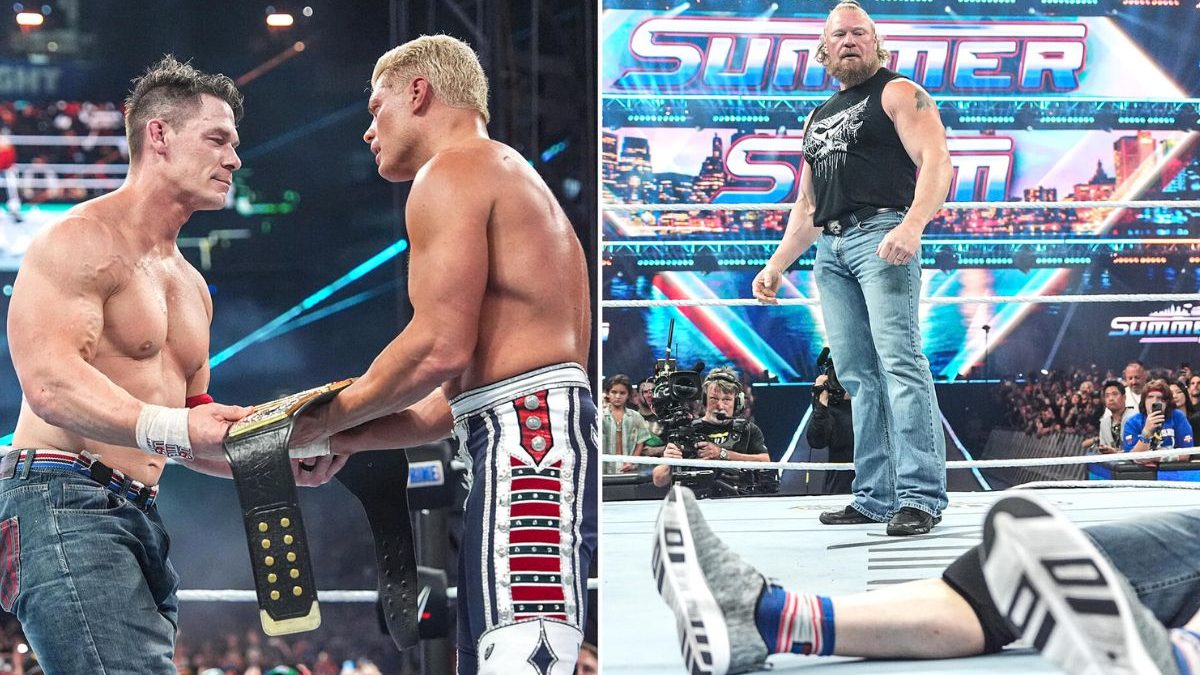
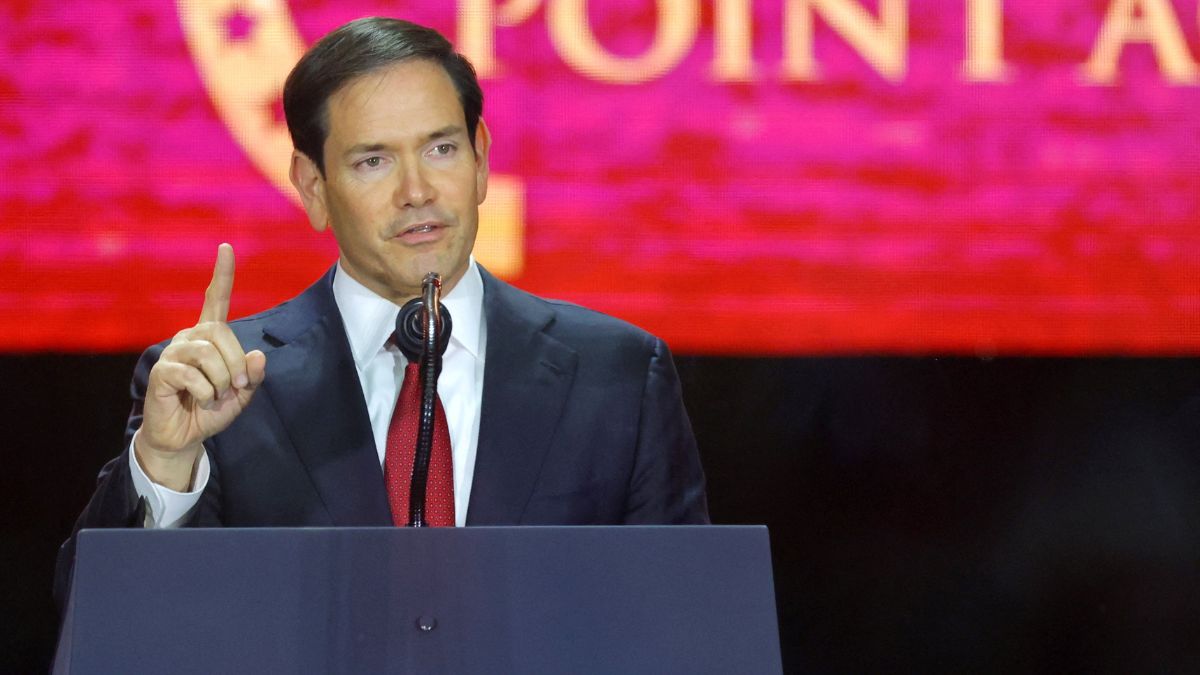)
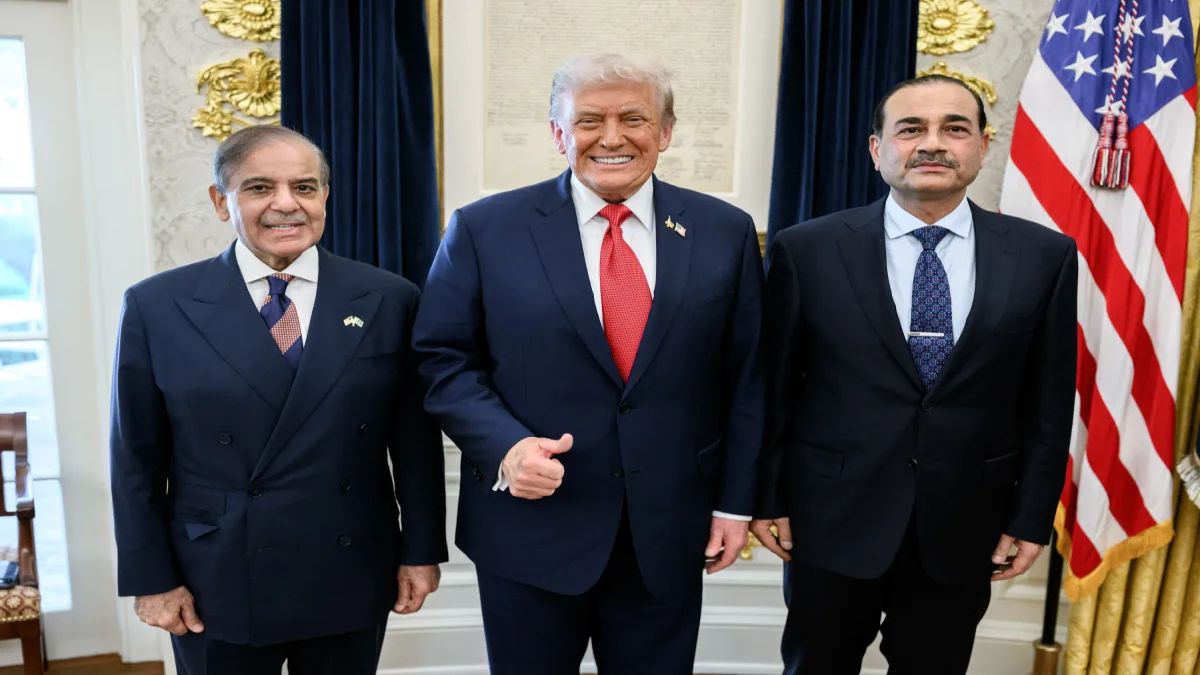)
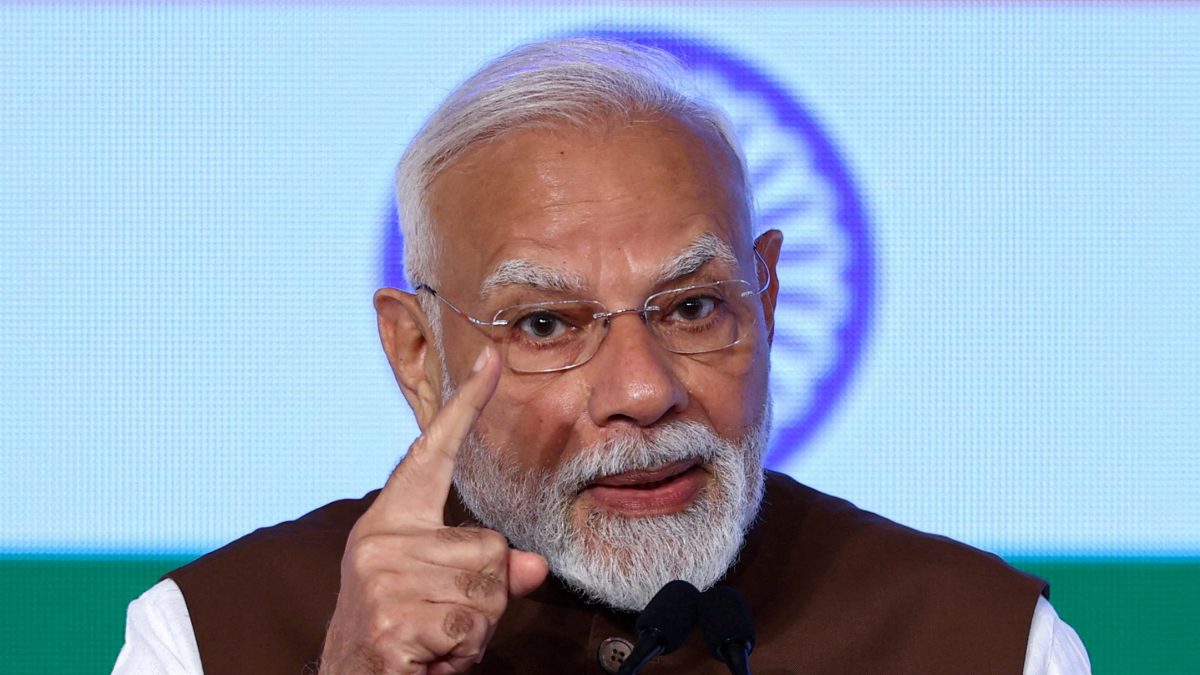)
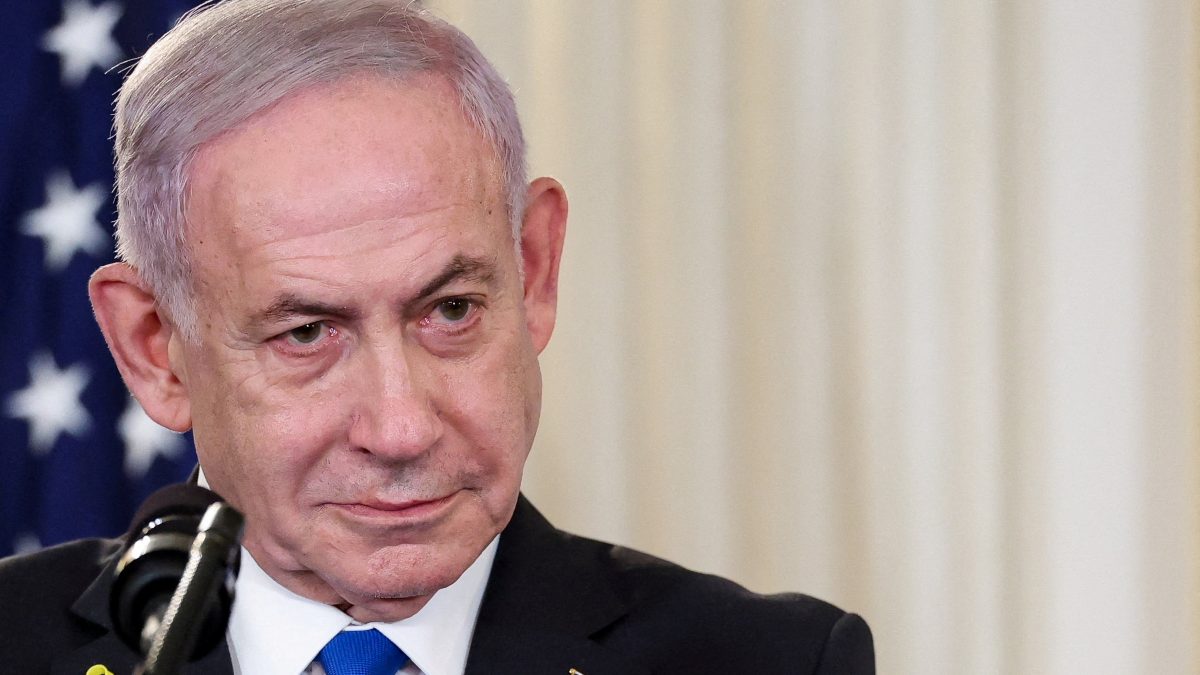)
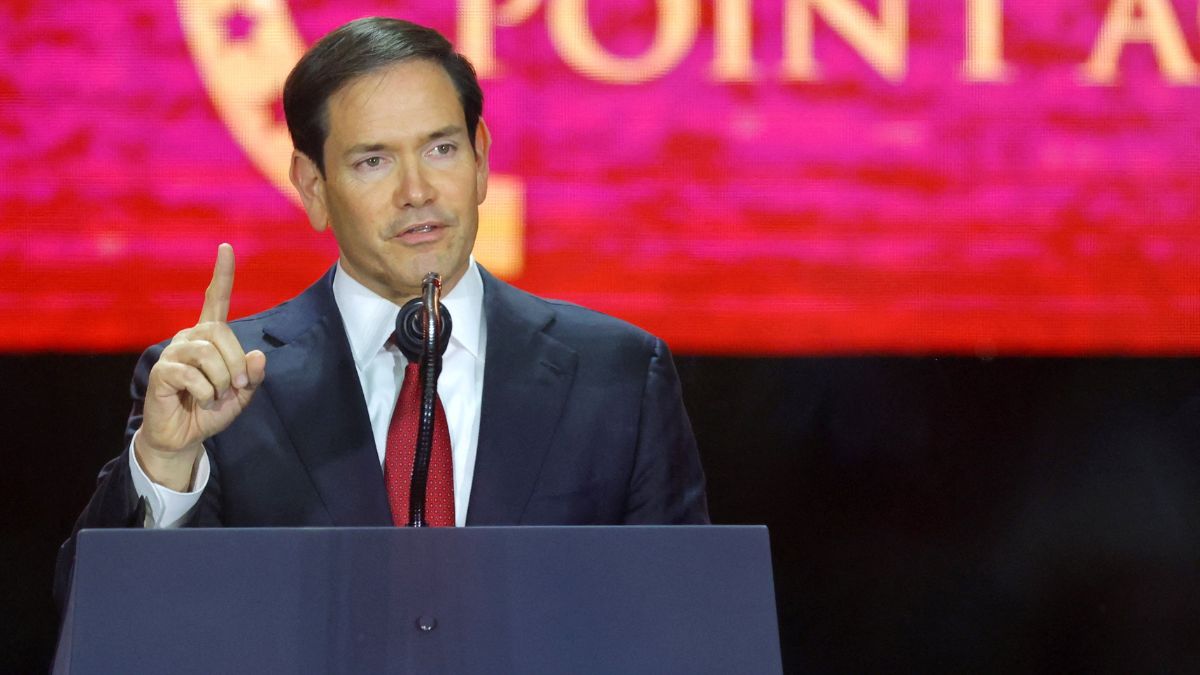)
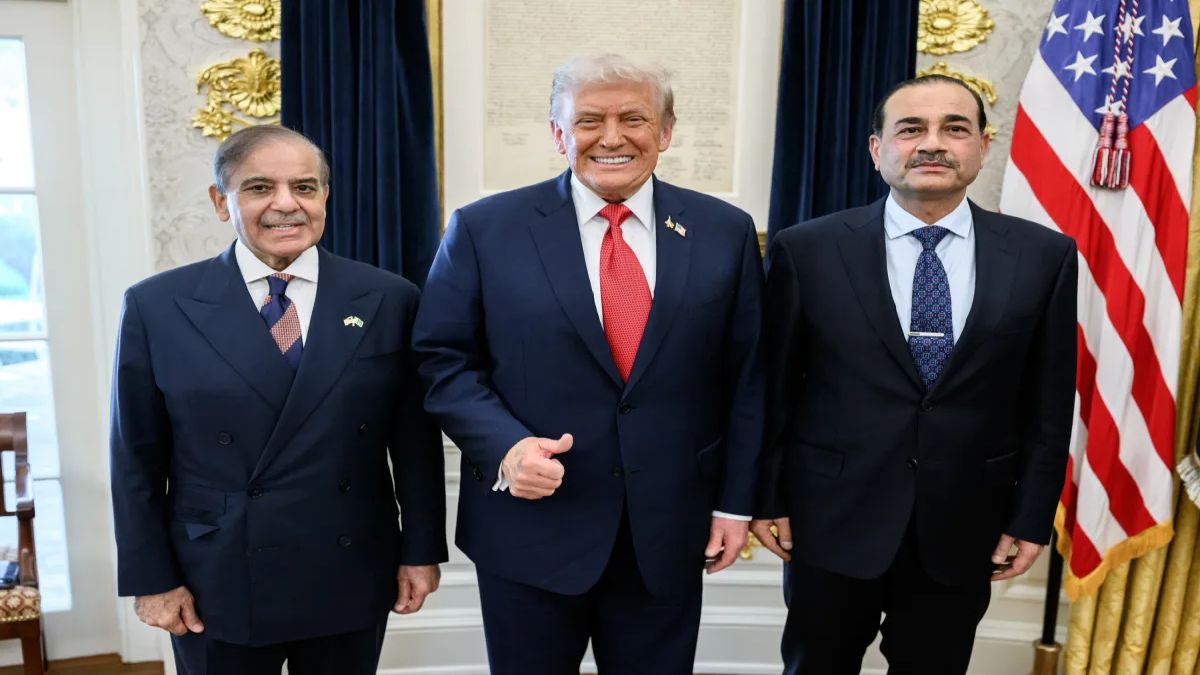)
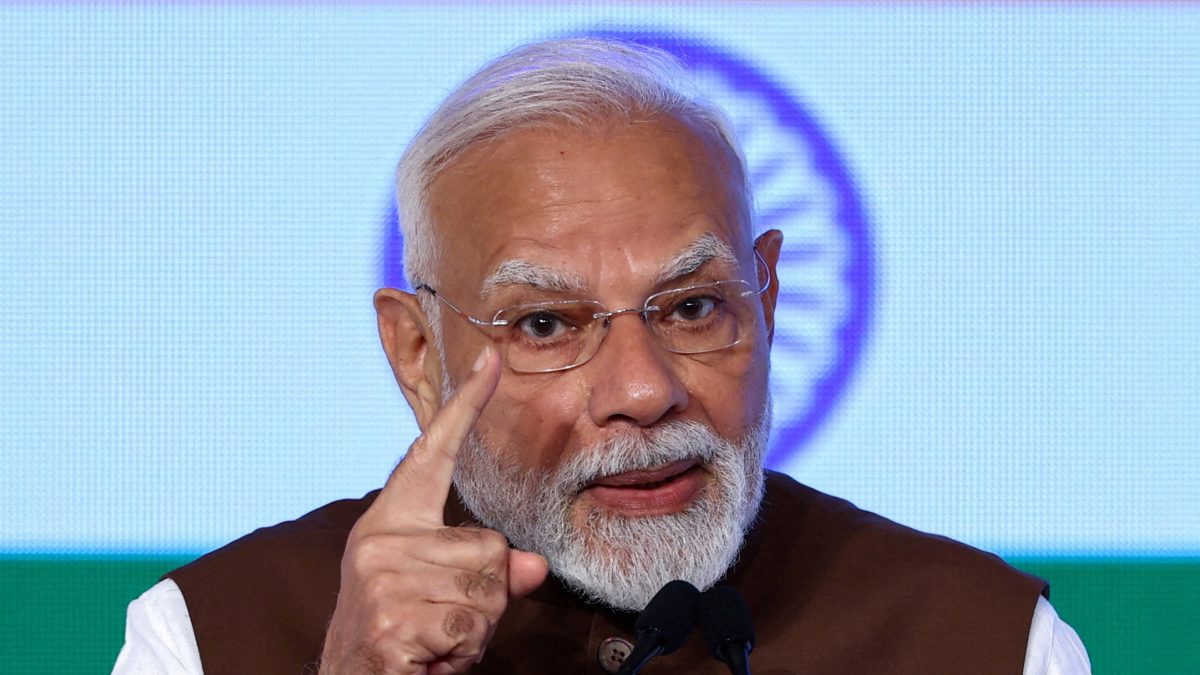)
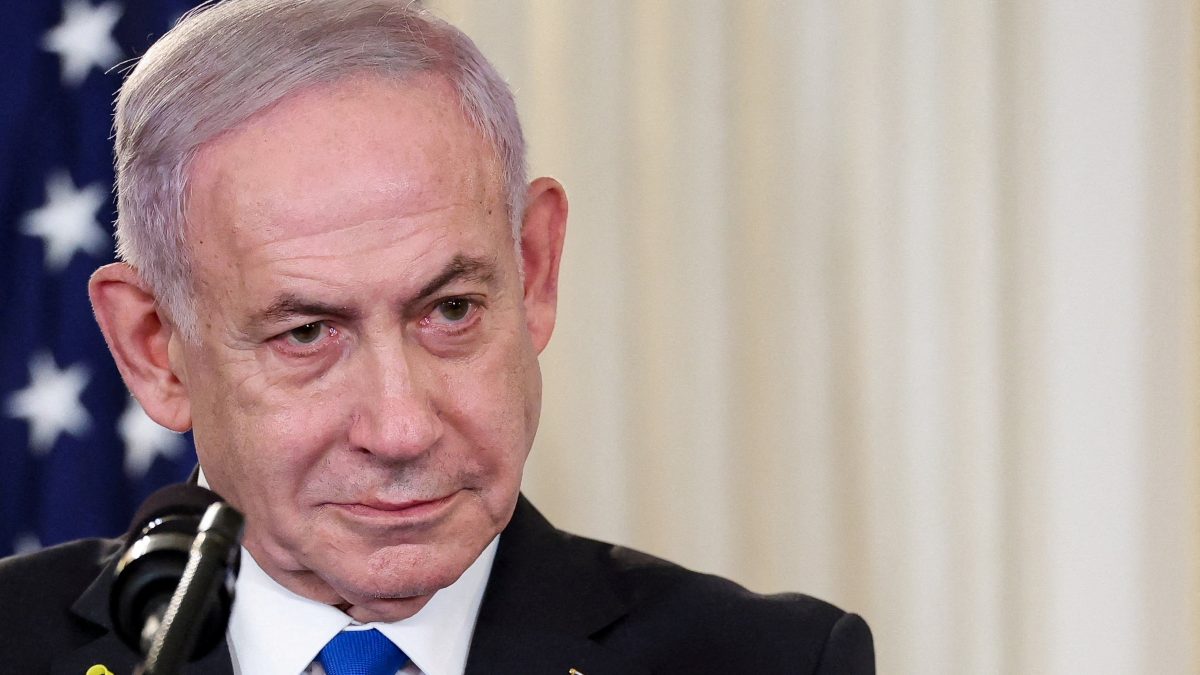)



